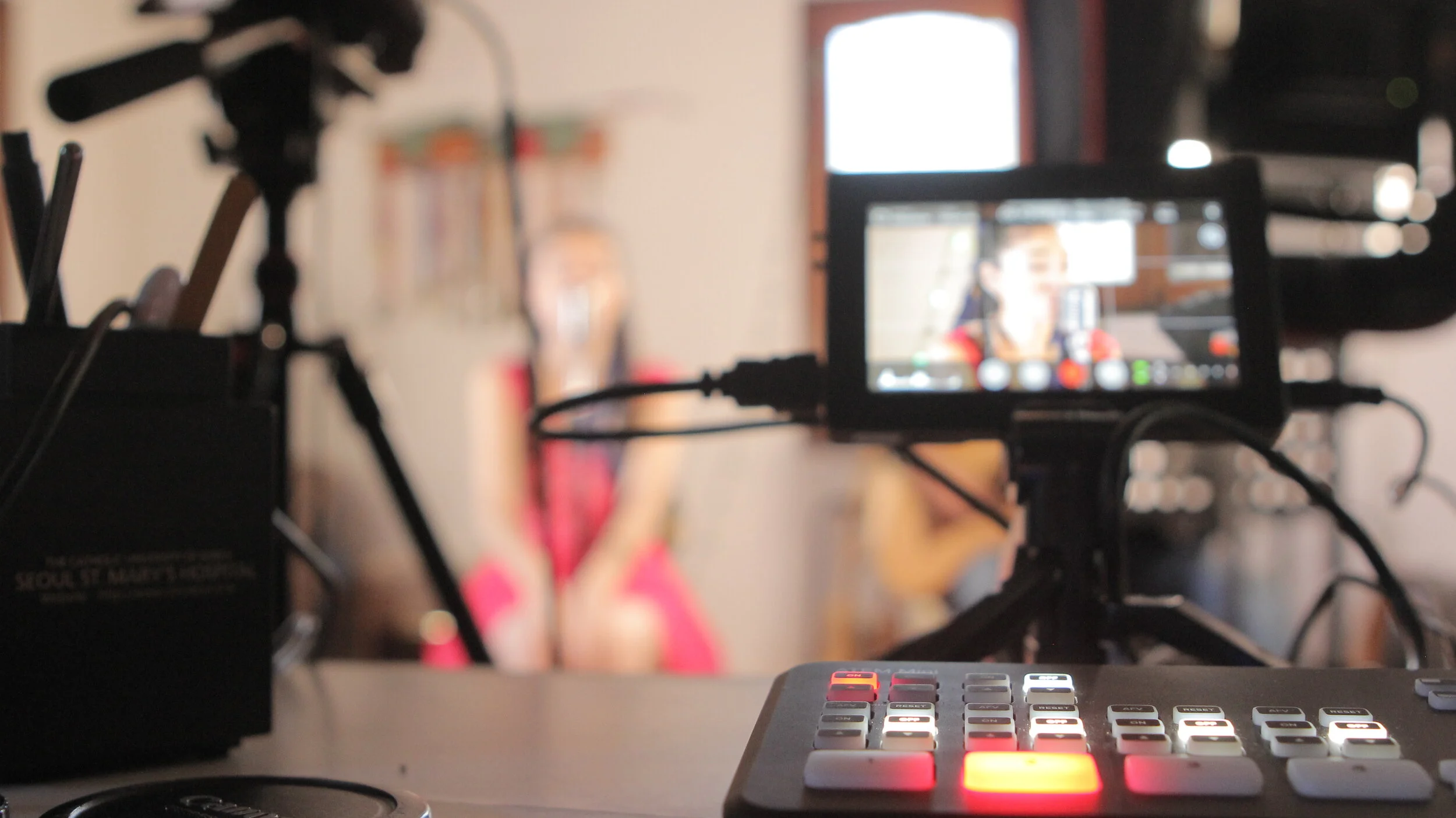At the American College of Healthcare Executives meeting in Chicago last year, I had great fun teaching presentation skills to graduate students in healthcare. Imagine yourself giving a spontaneous three-minute presentation in front of 300 fellow comrades who were most happy it was you and not them! What would you do?
Well, this time it was a bit different. From three possibilities the ‘selected one’ was able to choose a topic and as they were ready to speak, we asked the audience what they wanted to hear about regarding the topic. "Who else was involved?" "When did it happen?" "What effect did it have on you?" "Can you describe the scene so we can ‘see’ it?" As the audience gave their suggestions, it was fun to see they eyes of the presenter light up with what seemed like, “Oh yes, I can do that, that too, and that too!”
So often we forget to ask the audience thinking, only thinking of what we want to present. Do you have a difficult audience or a ‘Dr. Evil’ in the group? …ask them for sure! When they see that you want to involve them, you will have life-long friends or at least friends for a long as you are speaking!
Even if you have only a few minutes, greet people as they enter and ask a simple question: “What would you most like to learn today?” By golly you could even get them into groups of three immediately and ask the same question! Then ask them not what they said, but what they learned from the other two. My hunch is that whatever you prepared is going to be presented anyway. With their comments lingering in your mind however, you’ll have a friendly audience, an involved audience, and you can even quote them throughout your talk! Always ask even when you ‘think’ you know the answer!



















